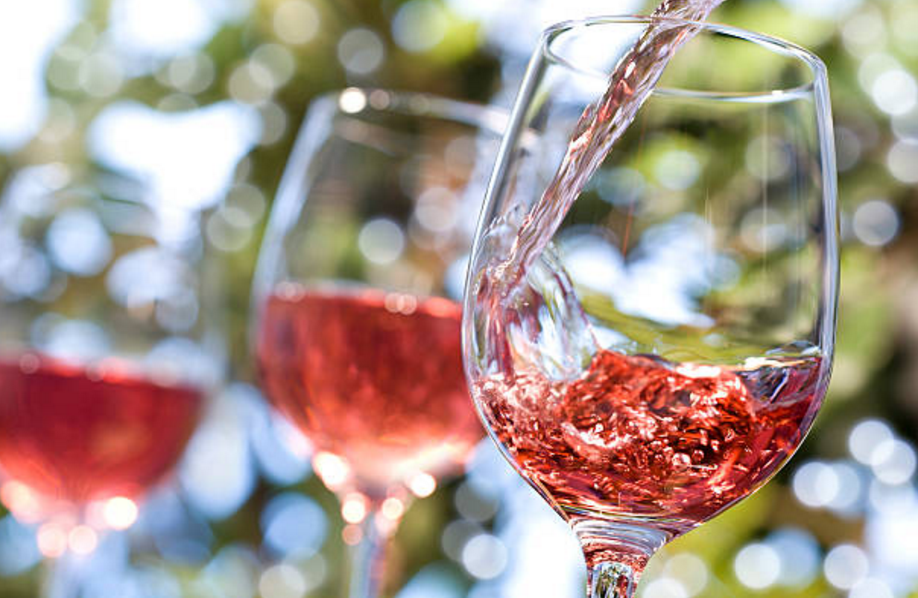Good fruit costs money, bottles cost money, corks cost money, and your time is valuable. As a winemaker, making certain that your wine is balanced by having the correct acid profile is vital to crafting well made wines. In California, where growers favor hang time in the vineyard driving brix levels up, acid levels drop out. Without a little tweaking your California wines will be flat and flabby. In South America, when grapes are exported here to the US, the fruit normally has better balance and acid levels seldom need adjusted much. In the North East, varietals are higher in acid and lower in sugar so they too need corrected. . Regardless of where your grapes are sourced, it is always a sound practice to make sure your acid levels are appropriate.
You will not need a degree in chemistry for this. While there are many "kits" for acid tests, here is an accurate method that can be perfected with a little practice. It involves a little time and effort, and a small investment, but it will serve you well for as long as you choose to pursue the craft of making good quality wines. Here is a list of what you will need to invest in. www.labdepotinc.com has a great kit (TLD Titration Kit $219.00) that is cost effective. They are a good resource for most lab supplies you may need.
So here are the "must" have's....(no pun intended)
- Magnetic stirrer
- Stir bar
- 10 ml burette with stopcock
- 10 ml pipette
- 250ml beaker
- Burette stand with double clamp
- Eye dropper
- A reliable pH meter
- Sodium Hydroxide 0.1 normal solution (NoAH 0.1n)
- Distilled water
Begin by bringing to a boil a few ounces of your wine to be tested. Allow it to cool to room temperature before proceeding. This will degas your sample and allow you to obtain an accurate acid measurement.
- Place 100 ml of distilled water in your 250 ml beaker with the stir bar and stir moderately.
- Place a calibrated pH meter into the distilled water and allow reading to stabilize.
- Using the eye dropper, place a few drops of Sodium hydroxide 0.1n in the distilled water while it is being stirred, until the pH meter reaches 8.2. This is the end point of a titration or the point at which a color indicator would turn color.
- Add 5 ml of your degassed wine to the distilled water in your 250 ml beaker and continue stirring. This will lower the pH of your solution as your pH meter will indicate.
- Place 10 ml of Sodium hydroxide 0.1n into your burette with stopcock.
- With your pH meter on, use the stopcock on your burette and begin to add the sodium hydroxide 0.1n with a slow drip to the 250 ml beaker that contains the distilled water with your wine sample while stirring.
- Continue to add the sodium hydroxide 0.1 n until your pH meter again reaches the end point of 8.2 When pH gets above 7 during this process slow down your drip with the stopcock as it won't take much to finish the titration.
- Next you must measure the m/l of sodium hydroxide 0.1n dispensed from the burette.
You will then multiply that number by .15, the conclusion will express titratable acidity as tartaric. T/A = g/100ml
Example 6 ml of sodium hydroxide x .15 = .9 T/A
You will want to perform this titration until your process is well rehearsed and you become comfortable with it. Practice. It is always advisable to repeat a test to make sure you achieve a repeatable accurate result.
Make sure you test equipment is clean. Be sure your sodium hydroxide 0.1n is fresh, as is necessary with all lab solutions. Calibrate your pH meter using buffer solutions of pH 4 and 7.
This titration should be performed prior to the onset of your fermentation. Correcting the acid levels before fermentation will allow your must or juice to ferment well, clarify readily, and lend brilliance to the color of your wine.
IMPORTANT THINGS TO REMEMBER
Balanced dry wines should range between .6 and .75 T/A
Balanced sweet wines should range between .7 and .85 T/A
Adding 3.78 grams of tartaric acid in a gallon of juice or must will raise T/A by .1 %
ALWAYS USE DISTILLED WATER to perform the titration.
Clean all your equipment.
Clean all your equipment again!






